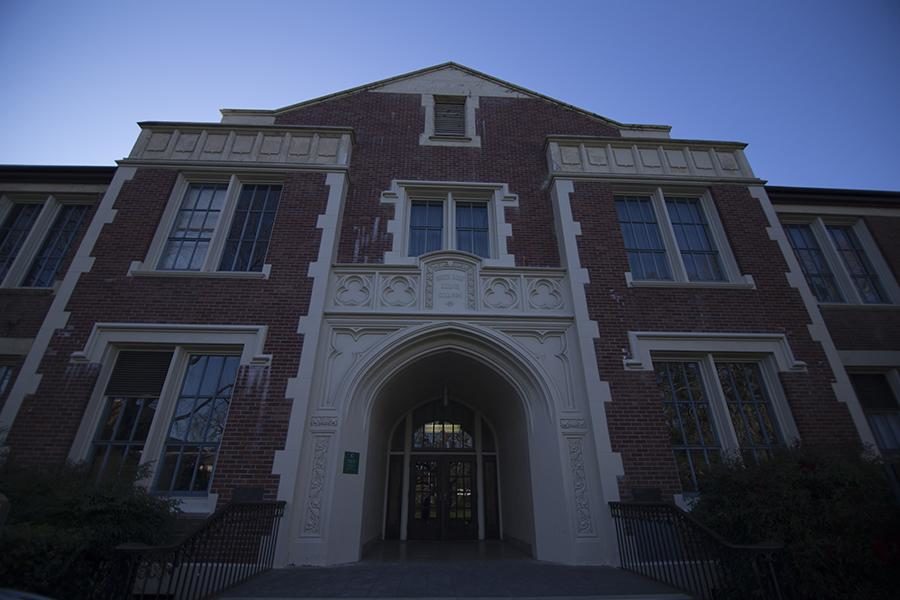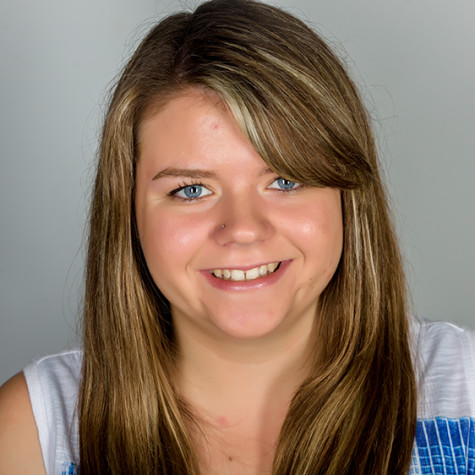Santa Rosa Junior College’s Board of Trustees is looking to get another bond for SRJC to update infrastructure of old buildings and upgrade the technology to bring SRJC into the 21st century.
“We’re in the exploratory stage,” said SRJC president Dr. Frank Chong. The Board of Trustees has discussed the bond and is moving on to the next step: polling the voters.
“Our consultants are putting together a survey and will reach out to a fairly large sampling of Sonoma County voters,” said Board Member Richard Call. “The survey should tell us if the voters would support a bond and how much of a tax assessment is palatable.” The poll will query 600-800 Sonoma County residents.
Call said the state offers very little funding to community college districts for modernization, expansion, infrastructure or technology upgrades at this time. “Unfortunately, the only way we can stay ahead of the curve is to ask the voters to support our needs in order to supply a quality educational experience at SRJC on into the future,” he said.
Dr. Chong said it is too early to put a number on how much money the bond will raise, and will wait to see what the voters think first.
If the poll comes back positive, Dr. Chong said the next step is to start fundraising and assessing students’ needs. “First we need to come up with our master plan about what we need to have done to bring the JC up to the standards it’s known for,” said Board Member Jeff Kunde. “We want to keep it one of the best schools in the state, maybe in the country.”
Kunde said he thought the community’s response would be positive. “The JC is a showpiece of Sonoma County, it means a lot to a lot of people,” he said.
“I’d definitely say spending it [the bond money] on the arts,” said SRJC student Julia Coopstra. “I would like it if they put it towards the sound system in the auditorium, but I don’t know the needs of the school,” said SRJC student Joseph Favalora, a theater major.
“We need a new math building. Shuhaw sucks,” said SRJC student Adrian Solorio. “The air conditioning doesn’t work most of the time.”
“The needs of SRJC are great,” Call said. “My hope is to modernize enough to satisfy the current needs as well as plan, as much as possible, for the next couple of generations of students.”
“As we (SRJC) get closer to turning 100, we want to look at the old buildings,” Dr. Chong said. They want to deal with infrastructure like roofs, heating and more.
Dr. Chong said the money would be spent first on a STEM (Science-Technology-Engineering-Mathematics) building for the campus. Other projects would be a new general education building with more classrooms and labs, modernizing existing classes and dealing with infrastructure in old buildings.
Dr. Chong said a large part of the bond would go towards technology, like more high-tech labs and equipment for faculty. “It’s really supposed to benefit students and faculty,” he said. “We want to make the campus as good as the faculty are.”
“I think there is tremendous support for the JC in Sonoma County,” Dr. Chong said. Many generations of Sonoma county residents went to and graduated from SRJC, succeeded and now want to help others succeed here too.
“I think our community understands and appreciates what SRJC offers,” Call said. “The college has impacted most families and businesses in Sonoma County very positively over the last 96 years.”
Kunde said there will be a bond oversight meeting next week.
In 2002, voters passed Bond Measure A, which gave the school $251 million. Through this money the Doyle Library, new parking facilities and the B. Robert Burdo Culinary Arts Center were built. The money also helped renovate existing buildings and expanded the Petaluma campus.




